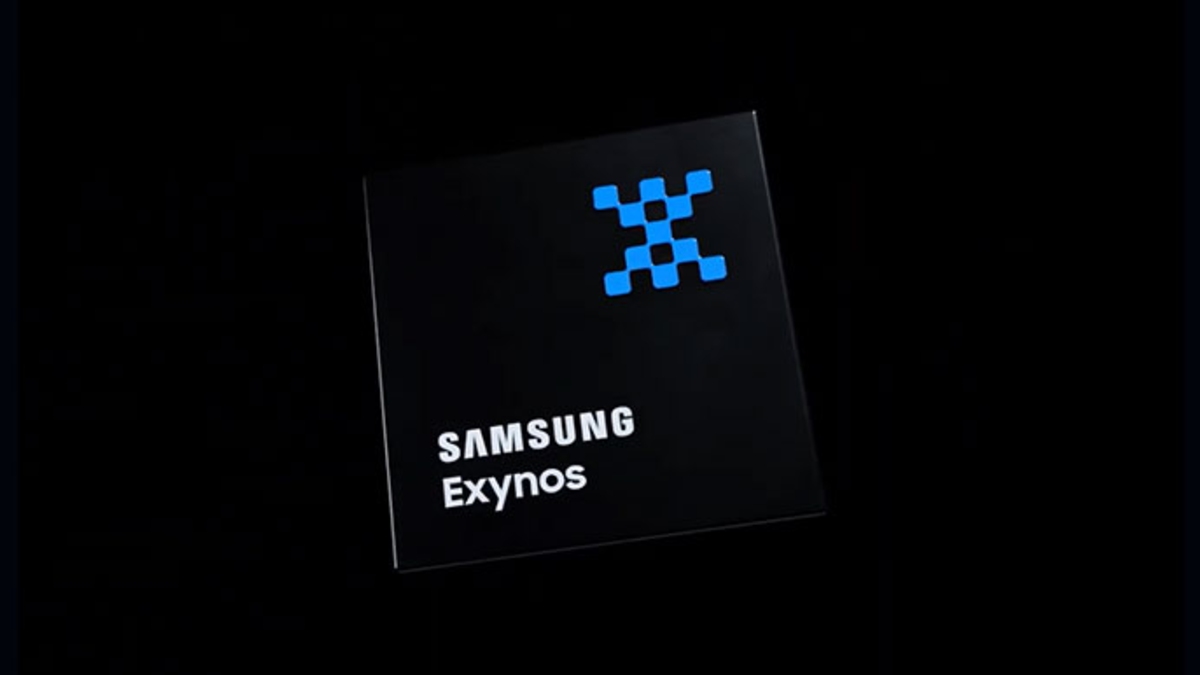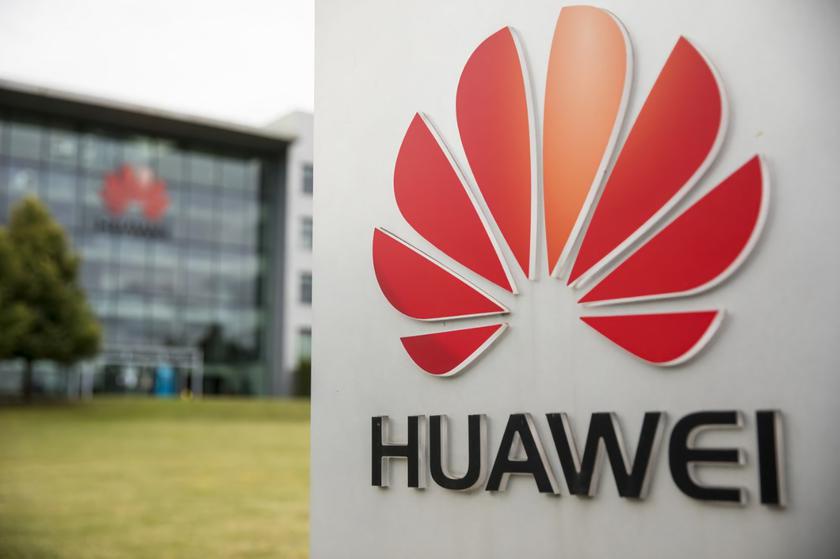
In the first half of next year, South Korean Samsung will supply its Exynos processors to Chinese smartphone makers Oppo, Vivo and Xiaomi. In addition, Samsung will provide its processors to other manufacturers from the Middle Kingdom, which provide the market with budget smartphones.
What does this mean for the mobile processor market? Samsung is increasingly competing against the US-based chipmaker Qualcomm, which supplies Snapdragon systems to a large number of companies in China and other countries. Previously, Qualcomm competed with MediaTek, but now it looks like it will have to fight for market share with the South Korean company as well.
Why do the Chinese need chips from another manufacturer?
The answer lies on the surface: the US is tightening the screws on Huawei. And other companies from China want to reduce their dependence on America for the supply of chips. Earlier last year, US President Donald Trump banned American companies, including Qualcomm, from partnering with Huawei under pain of severe sanctions.
Almost immediately, a number of chip and hardware manufacturers ended their cooperation with Huawei. For example, TSMC's factories refused to accept orders from the company, although it was TSMC's second-largest customer, generating 15% -20% of the chip maker's revenue.
Samsung has more options than American manufacturers because the company has its own chip factories. At the same time, the South Korean manufacturer has mastered the 5nm process technology, preparing to launch the first new generation chip on the market.
It is reported that Samsung will first provide partners with budget chips, and then, if all goes well, will begin to supply more powerful systems for premium mobile devices. If the US continues to put pressure on Chinese electronics makers, perhaps Samsung will gain market share.
The obvious benefit for Samsung
The company is now the fourth largest manufacturer of processors for mobile devices. Qualcomm is now in first place with 29%, in second place is MediaTek with 26% and in third place is Hi-Silicon, a subsidiary of Huawei with 16%. Samsung now owns 13% of the market.

In a few days, on November 12, 2020, Samsung is set to announce its 5nm Exynos 1080 chip with four ARM Crotex A78 cores, four Cortex-A55 cores and a Mali G78 video system.
The new generation of the chip promises to be 20% more productive than the 7nm Exynos 990. The latter is installed in the Galaxy S20 smartphones. The video subsystem, according to the manufacturer, is about a quarter faster than the previous generation of chips.
As far as you can tell, the new chip will be a direct competitor to Qualcomm's Snapdragon 865 and 865+. However, early this year, Qualcomm will release the Snapdragon 875 based on the 5nm process technology, so it is unclear how strong a competitor the Samsung chip will be. However, the new chip will gain market share in addition to the previous generation.
Samsung has previously collaborated with Chinese companies. For example, it supplied Exynos 880 and Exynos 980 chips to Vivo for its phones. The next processor will be no exception - it will be shown alongside the Vivo X60 phone . In addition, the South Korean company plans to use it for installation in its own models - Galaxy A52 and Galaxy A72. True, most likely these chips will not be used in the Galaxy S21.
What about China?
As we said earlier, China is now making an extremely active effort to not depend on US technology. The Chinese government is going to invest about $ 1.4 trillion in the development of high technologies until 2025. The funds are planned to be provided to Chinese companies, manufacturers of electronics and software. Including chip developers.

This year, $ 563 billion will be allocated for the development of the corresponding infrastructure. Of course, there is no guarantee that the country will be able to achieve the set goal, but China is still doing everything that depends on it. In addition to investing in infrastructure, the country also spends a lot on "headhunting", that is, on finding and attracting talented specialists capable of developing chips.
Two Chinese companies are currently on the hunt for skilled engineers: Quanxin Integrated Circuit Manufacturing (QXIC) and Wuhan Hongxin Semiconductor Manufacturing Co (HSMC). They have already managed to lure over a hundred employees from TSMC, offering them a salary twice as high.
Now HSMC is building an enterprise for the production of 14nm chips, after which the company will begin to master the 7nm technical process.

Moreover, a few days ago it was reported that Huawei is beginning to develop its own chips on an industrial scale. Anyway, the company is going to open its own chip factory. The new enterprise is planned to be opened in Shanghai, while American technologies will not be used.
First, the company will start producing 45nm chips (not mobile processors), in a year it will master 28nm processors, and in another year - 20nm chips, including processors for devices based on 5G technology. If the Chinese succeed, the United States will have a powerful competitor. By the way, the South Korean government announced its intention to start developing its own infrastructure for IT enterprises, including the production of chips. True, this country still has slightly less resources than China, so the plans may remain plans.
